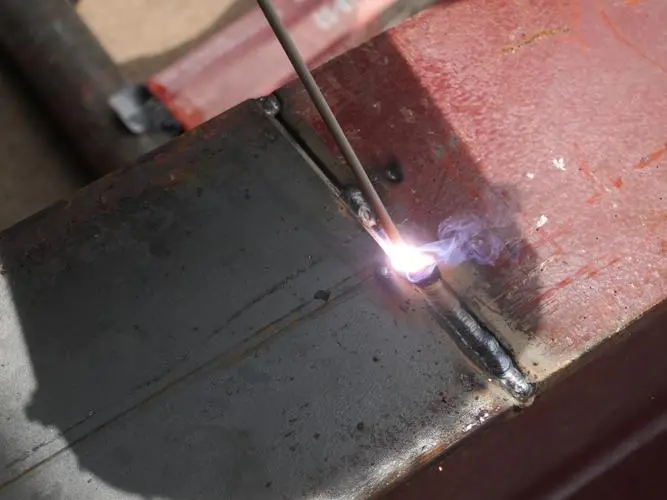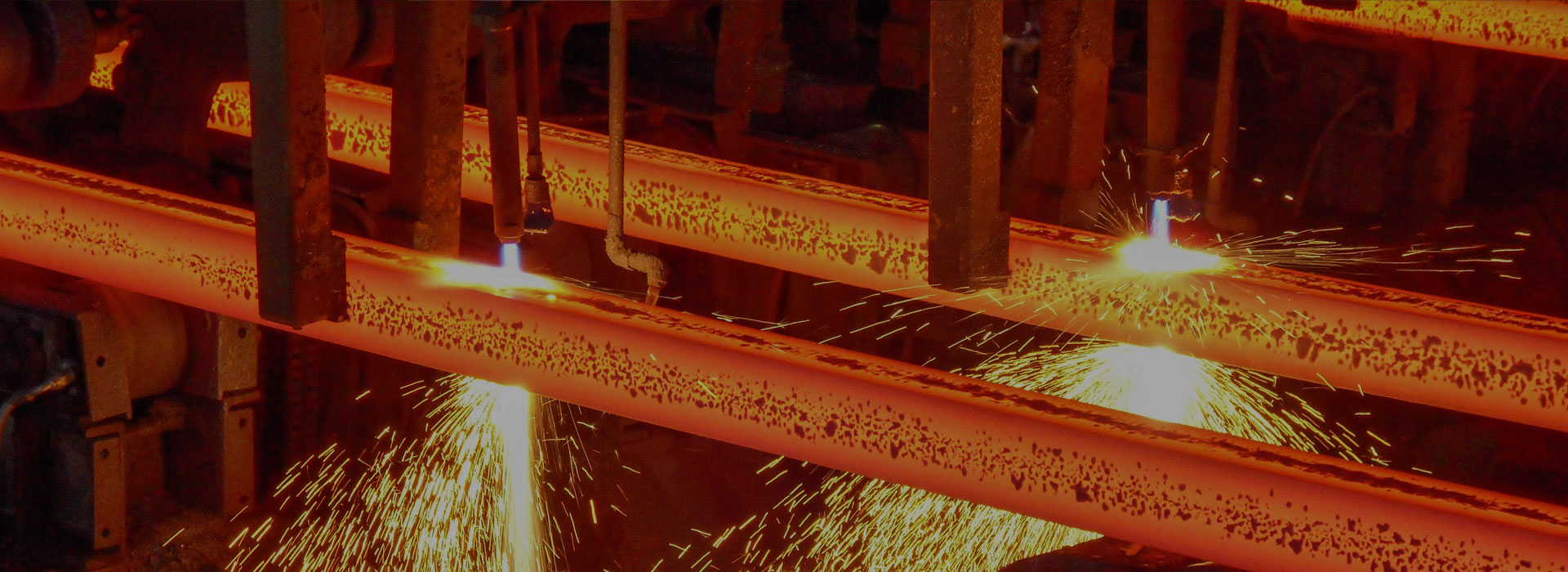Welding of Iron Casting Part
2023-08-14
Iron casting parts are widely used in various industries due to their high strength and durability. However, in some cases, these parts may require welding to join them together or repair any defects. This article will discuss the process of welding iron casting parts, including the necessary equipment, techniques, and precautions.
Equipment:
1. Welding machine: A suitable welding machine should be selected based on the type and thickness of the iron casting part. Commonly used welding machines for iron casting parts include arc welding machines, MIG (Metal Inert Gas) welding machines, and TIG (Tungsten Inert Gas) welding machines.
2. Welding electrodes: The choice of welding electrodes depends on the type of iron casting part and the welding technique used. Commonly used electrodes for welding iron casting parts include low hydrogen electrodes and nickel-based electrodes.
3. Protective gear: Welders should wear appropriate protective gear, including welding helmets, gloves, and flame-resistant clothing, to ensure their safety during the welding process.
Techniques:
1. Pre-welding preparation: Before starting the welding process, the iron casting part should be thoroughly cleaned to remove any dirt, rust, or paint. This can be done using a wire brush or sandblasting. Additionally, any cracks or defects in the part should be properly repaired before welding.
2. Preheating: Iron casting parts are prone to cracking during welding due to their high carbon content. To minimize this risk, preheating the part before welding is recommended. The preheating temperature should be determined based on the thickness and composition of the iron casting part.
3. Welding technique: The choice of welding technique depends on the type and thickness of the iron casting part. For thin sections, MIG or TIG welding can be used, while arc welding is suitable for thicker sections. It is important to maintain a stable arc and control the heat input to prevent distortion or cracking.
4. Post-welding treatment: After welding, the welded area should be properly cooled to avoid rapid cooling and potential cracking. Additionally, any slag or spatter should be removed, and the weld should be inspected for any defects. If necessary, post-weld heat treatment can be performed to relieve residual stresses.
Precautions:
1. Welding fumes: Welding iron casting parts can produce harmful fumes and gases. It is essential to work in a well-ventilated area or use local exhaust ventilation to minimize exposure to these fumes.
2. Welding position: The welding position should be carefully selected to ensure proper access and visibility. It is recommended to position the iron casting part in a way that allows for easy manipulation and control during welding.
3. Welding parameters: The welding parameters, such as current, voltage, and travel speed, should be adjusted according to the specific requirements of the iron casting part. It is important to follow the manufacturer's recommendations and conduct test welds if necessary.
Welding of iron casting parts requires careful preparation, appropriate equipment, and skilled techniques. By following the proper procedures and precautions, successful welding of iron casting parts can be achieved, ensuring their structural integrity and functionality.




